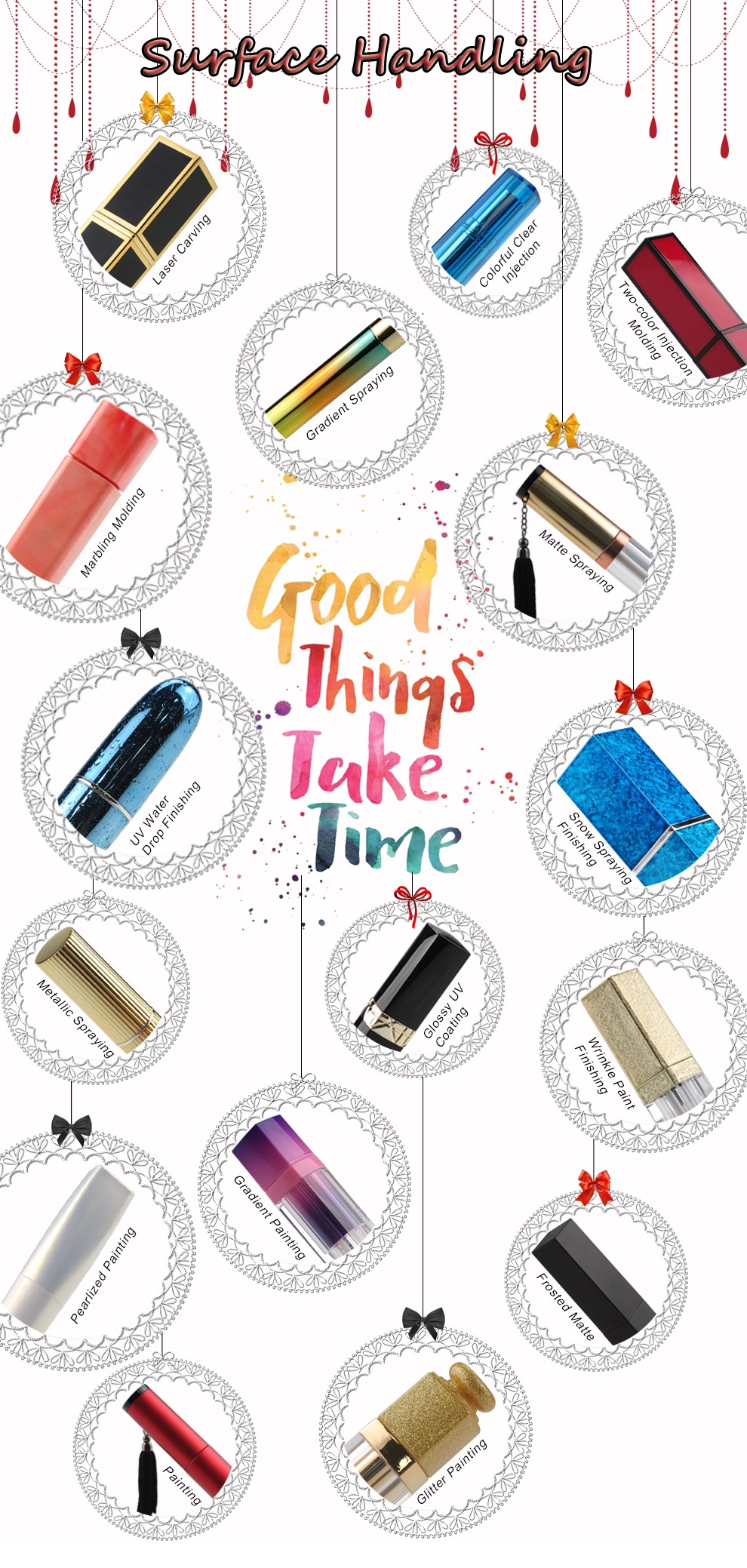Services & Production Techniques
We are pleased to introduce our competent services and production techniques in terms of primary cosmetic packaging and skin care packaging. The three main types of raw materials include plastic, aluminum and glass. Moreover, the most frequently used plastic material we utilize are ABS, AS, PP, PE, PET, PETG, acrylic and PCR materials. However, YuDong Packaging is readily glad to help the clients find out the most appropriate materials for their brand and products.
The following information covers parts of our manufacturing technology including molding, coloring and printing.
Injection & Blowing Molding
These are the two most popular methods of manufacturing excellent plastic products. the blowing molding technique can be also applied to glass products to form a hollow structure. Therefore, the key differences between these two methods lie in products type, process and molds halves size.
Injection Molding:
1) More suitable for solid parts;
2) The cost is higher than blowing molding, but quality is better;
3) Accurate and effective processing.
Blowing Molding:
1) Commonly used for the hollow and one-piece product with high product consistency;
2) The cost of blowing molding is more competitive and it can save the costs.
3) Completely customized.
Surface Handling

Injection color -- metallic color -- laser carving, you can create the pattern you need.
In the process of injection molding, some pigments are randomly added to make the product present the beauty of a landscape painting.
Through the method of spray painting, the color of the product is layered.
Add pigments to raw materials and directly inject into colored transparent products.
Two injection processes can make the product have two colors, which is generally more expensive.
One of the most common surface handle, it’s a matte frosted effect.
After spraying or metallic, a layer of water droplets is made on the surface of the product, so that the surface of the product has an effect similar to water droplets.
It is one of metallic process, and the surface ice crack makes the product have a special beauty.
One of the most common surface handle, the surface of the product is similar to the texture of metal, making the product look like aluminum.
One of the most common surface handle, it’s a shiny effect.
Some particles are added during the painting process, and the surface of the product is relatively rough texture.
Add some fine white particles during the painting process to make the product look like a sparkling seashell.
Through the method of spray painting, the color of the product is layered.
One of the most common surface handle, it’s a matte frosted effect.
The surface of the product has a matte metallic texture by spray painting.
Some particles are added during the painting process, and the surface of the product is relatively rough texture.
Surface Handling
Silk Screen Printing
Screen printing is a very common graphic printing process in the manufacture of cosmetic packaging materials. Through the combination of ink, screen printing screen and screen printing equipment, the ink is transferred to the substrate through the mesh of the graphic part.
Hot Stamping
The bronzing process uses the principle of hot-pressing transfer to transfer the aluminum layer in the anodized aluminum to the surface of the substrate to form a special metal effect. Because the main material used for bronzing is anodized aluminum foil, bronzing is also called anodized aluminum hot stamping.
Transfer Printing
Transfer printing is one of the special printing methods. It can print text, graphics and images on the surface of irregular shaped objects, and is now becoming an important special printing. For example, the text and patterns on the surface of mobile phones are printed in this way, and the surface printing of many electronic products such as computer keyboards, instruments, and meters are all done by pad printing.
